Samsung is trying hard to bring various best features on its newest product, the Galaxy S20 Ultra. This is the best smartphone from Samsung to start in 2020. Samsung decided to eliminate the “e” series and add “Ultra” as the top-of-the-line Galaxy S line series this year.
Samsung Galaxy S20 Ultra is targeted at those who want to do more than smartphones. This smart device can record video up to 8K resolution, with a maximum photo resolution of 108MP, and the name frills “5G” behind it.
If the Galaxy S20 + is good, what about the Galaxy S20 Ultra? As the name implies, this smartphone is more. Bigger, bigger, with more cameras, bigger sensor dimensions, and better resolution, more leverage. Then is this smartphone absolutely better than the best? Here’s a review of the Samsung Galaxy S20 Ultra.
The design
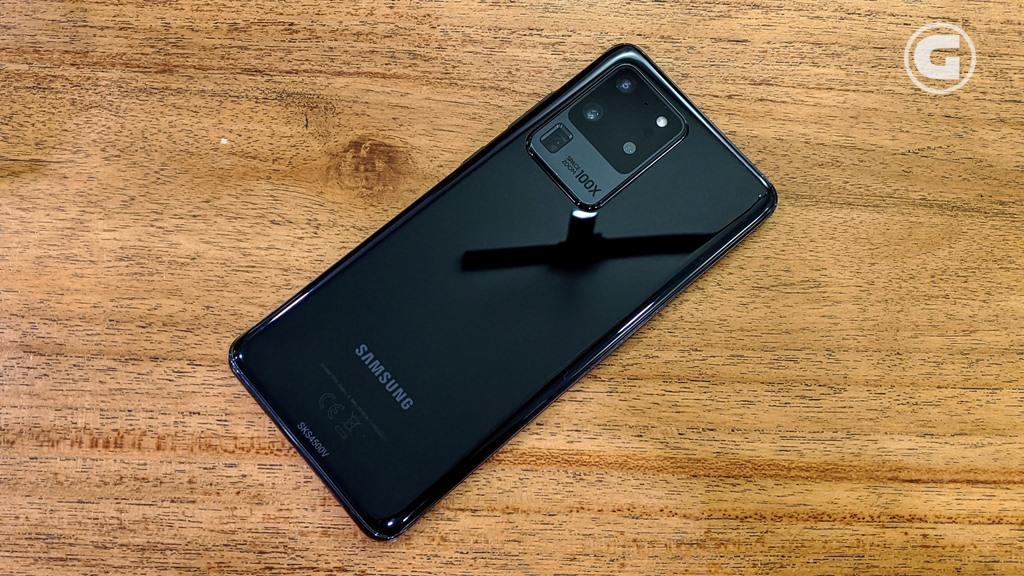
When moving daily driver from the Xiaomi Mi Note 10 to the Galaxy S20 Ultra, it feels like something’s wrong. Using a smartphone with a price almost three times more expensive, of course, it’s reasonable if I set expectations that the Galaxy S20 Ultra has a better design. In fact not too.
Okay, the design is something that can be considered subjective. Samsung Galaxy S20 Ultra body looks firm, some people might say the design is stiff, with a camera bulge that is not bear on the back. When held, this smartphone feels sturdy and steady. Understandably, it weighs only 229 grams. Indeed the Galaxy S20 Ultra reminds me of the old days of using a 6 inch Lumia Windows Phone, which was then called “phablet”.
Some people I gave the opportunity to hold this smartphone like the rigid design, as well as its large dimensions, especially if the dimensions of the hand are also like that. The back of the camera that looks big with the words “Space Zoom 100x” is easily visible when we use to call, for example. I also have big hands, but there are some things that make it uncomfortable when holding this smartphone.
Using Gorilla Glass 6 glass material, the S20 Ultra feels very sleek. If the surface of the hands gets wet easily like me, it’s done. There is anxiety almost all the time, especially when using one hand again. For example, when you are lying down while holding a smartphone, the risk of falling on your face is quite high. Samsung also does not seem to provide an anti-fingerprint coating on the body. The Cosmic Black color that I tested was very easy to look dirty. My suggestion, choose another color variant if you don’t want it to look dirty all the time.
The other part is no problem. The transition frame and the front and rear feel smooth in the hand, the buttons are also comfortable even though they should be more precise. Samsung also decided to reduce the curved side of the front screen panel. It still exists and is still visible, but it is made subtle so that it does not interfere with the experience while using.
Samsung also still uses an ultrasonic fingerprint sensor inside the Galaxy S20 Ultra screen. It seems there is no difference from the previous generation, relatively longer than optical sensors that emit bright light, even though it is reliable or minimally wrong detection. The face unlock is also not the fastest, far compared to relatives from BBK Electronics such as Oppo and Realme.
Display
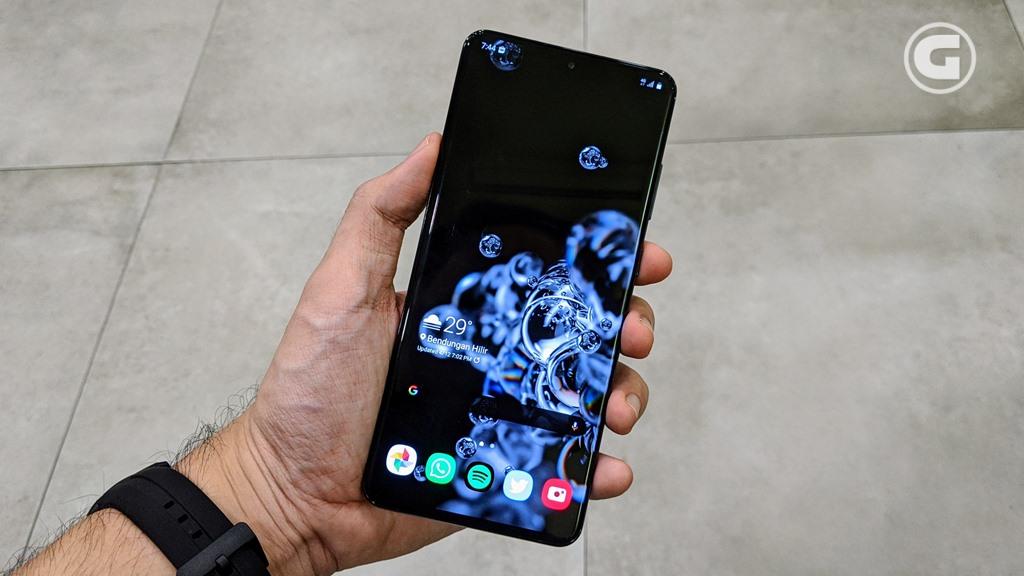
Perfect. Indeed, the Samsung Galaxy S20 Ultra has the best screen of all smartphones I have ever tried. The dimensions are very large, 6.9 inches Dynamic AMOLED 2X with an aspect ratio of 20: 9 and a pixel density of 511ppi. Don’t you imagine because it’s almost 7 inches, the dimensions are as big as a tablet. The screen is slim, plus the bezel around it is very thin, including the bottom bezel though.
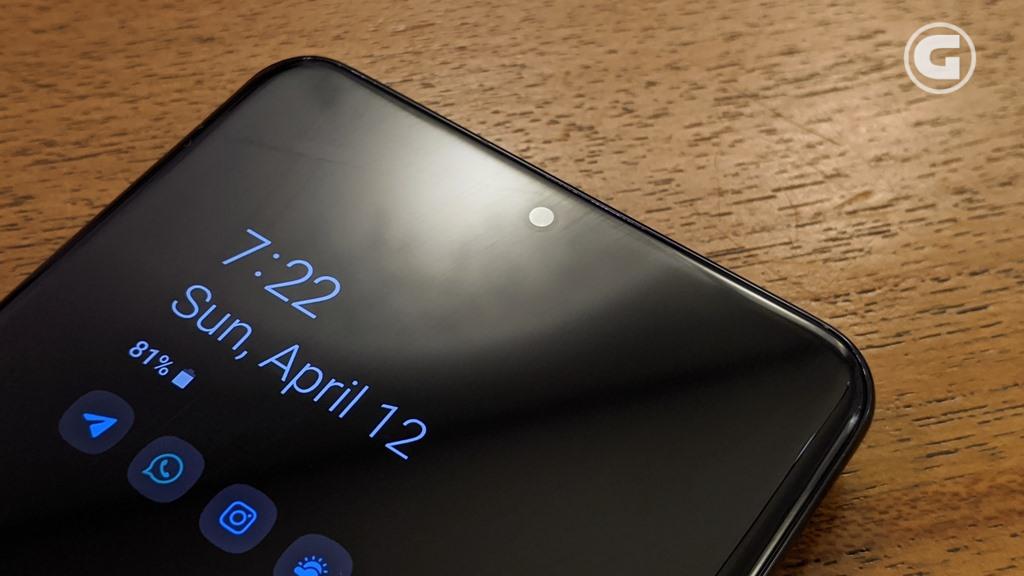
Samsung also features a high refresh rate, 120Hz with a 240Hz touch sampling rate. This feature makes the movement of content on the Galaxy S20 Ultra screen look very smooth. Unfortunately, this feature does not work in Quad HD resolution, aka you have to lower the resolution to full HD. Still really good, really. At least in my eyes.
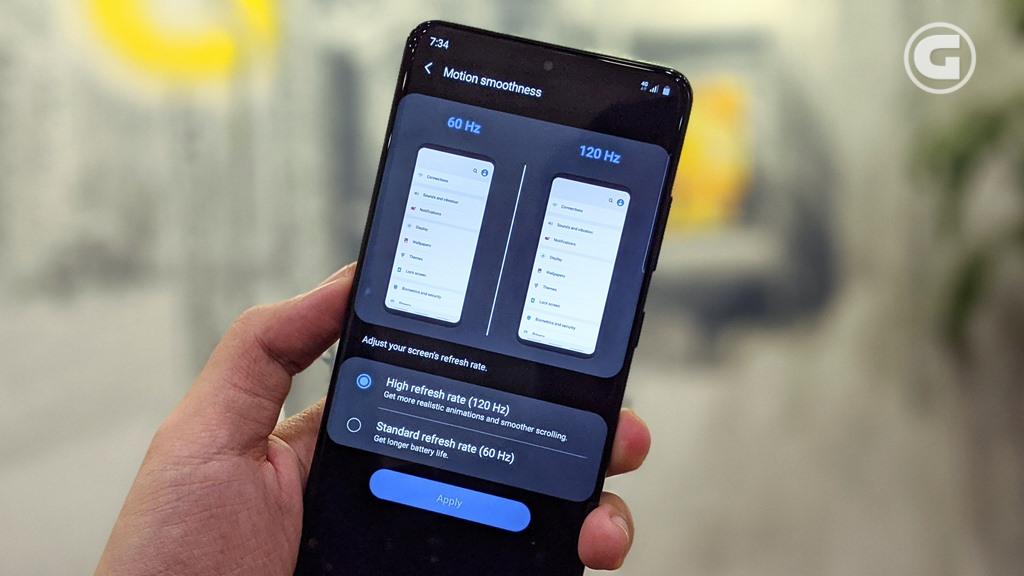
The Samsung Galaxy S20 Ultra’s screen is also very bright when used outdoors, approaching 900 nits if needed. For color reproduction, there is no doubt. Although using the “Vivid” mode, Samsung can balance certain color tones to keep it balanced. The application logo on the menu is colored, but when used to watch TV series, the skin color is still quite natural. Natural tone options with the sRGB standard are also provided. You can also enjoy HDR content directly from this smartphone.
Oh yes, maybe some of you Galaxy S20 Ultra users who are observant will see a little green tint when used in dark conditions with low brightness. I myself understand, given things like green tint & purple tint commonly found on AMOLED panels. But when I found out more, Samsung announced that this was a software bug that caused screen calibration, and would be fixed in the next update.
Galaxy S20 Ultra 100x Zoom Camera
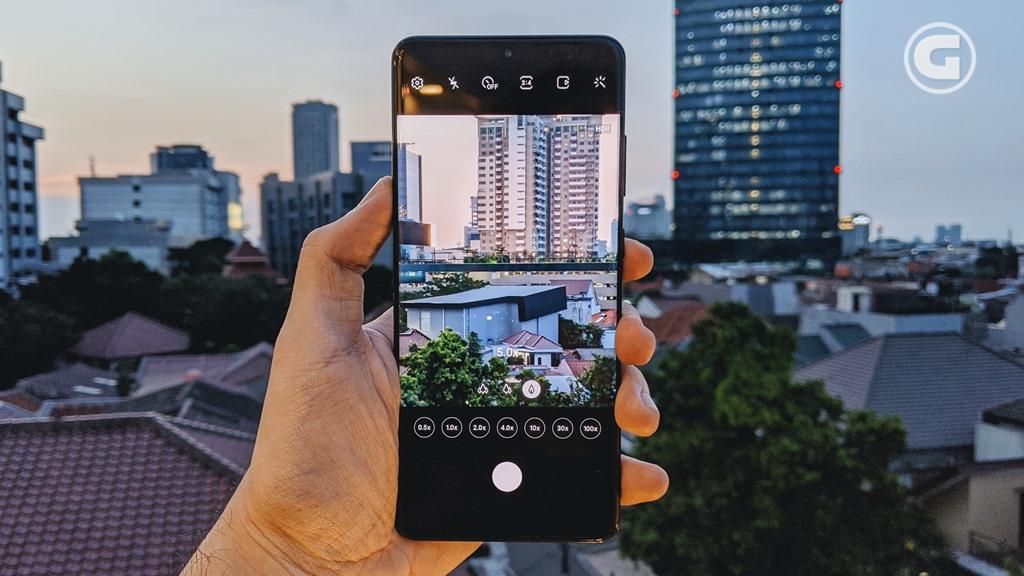 Turning to discuss the “Space Zoom 100x” camera owned by Galaxy S20 Ultra. This smartphone ‘only’ has four camera sensors on the back. The main sensor has a 108MP f / 1.8 resolution with dimensions of 1 / 1.33 inches, 0.8um pixel size, focal length 26mm, PDAF, OIS, and EIS. This sensor can be used to take full-resolution photos or 12MP with miss-binning technology. Unlike the Xiaomi Mi Note 10, which produces 27MP photos, Samsung decided to produce 12MP resolution photos with larger individual pixel sizes, reaching 2.4um. The benefits to be gained from this miss-binning are the results of brighter photos in low-light conditions, noise reduction plus better HDR capabilities.
Turning to discuss the “Space Zoom 100x” camera owned by Galaxy S20 Ultra. This smartphone ‘only’ has four camera sensors on the back. The main sensor has a 108MP f / 1.8 resolution with dimensions of 1 / 1.33 inches, 0.8um pixel size, focal length 26mm, PDAF, OIS, and EIS. This sensor can be used to take full-resolution photos or 12MP with miss-binning technology. Unlike the Xiaomi Mi Note 10, which produces 27MP photos, Samsung decided to produce 12MP resolution photos with larger individual pixel sizes, reaching 2.4um. The benefits to be gained from this miss-binning are the results of brighter photos in low-light conditions, noise reduction plus better HDR capabilities.
On it, there is a 12MP f / 2.2 ultra-wide-angle camera sensor with a large pixel size of 1.4um, which unfortunately is not yet equipped with autofocus. While at the bottom row is the 48MP f / 3.5 telephoto sensor using a periscope shaped lens. Dimensions are quite large at 1/2 inch, equipped with PDAF and OIS. While under the flash there is a ToF sensor for the bokeh effect.
Display the camera application interface is quite easy to understand, although there are many modes that can be used. In addition to photo modes, video and other hidden modes such as panorama, night mode to pro video, Samsung presents a new feature called “Single Take”, located to the left of the photo mode. Samsung prioritizes AI capabilities in this mode. Press the shutter button, and the Galaxy S20 Ultra will capture the moment for 10 seconds using a variety of existing cameras. The end result is a short video, a la Boomerang video, photos with various effects to time-lapse.
Meanwhile, to access the three cameras, you can press the three buttons above the photo mode. The far left for ultra-wide, the middle uses a 108MP sensor and the right for periscope cameras. When one is pressed, the option to zoom from 30-100x can be selected, or you can move it to reach the zoom level according to taste. When using the remote zoom, Samsung provides a focus peaking feature like a professional DSLR camera, making it easier for you to aim the camera as you wish.
For abundant light conditions, of course there are no complaints. Both ultra-wide, wide and telephoto cameras can produce photos with high detail, and color reproduction that fits. Samsung continues to improve the accuracy of its white flagship smartphone balance, from what was once known to be warmer or warmer, is now getting closer to neutral or accurate. For me, the zoom feature is still very usable for 5x to 10x magnification. If it’s 30x, the condition of the afternoon has begun to look rather blurry. Meanwhile, to use the 100x zoom feature, objects must be really far away to be able to focus. The process of focusing also tends to be long or sometimes difficult, especially if the hands are not very stable.
At night conditions, the Galaxy S20 Ultra can also take photos with a relatively fast shutter. But what I noticed, the tendency to reduce noise is still visible. The photo looks a little smoother for minimal noise, although color reproduction is maintained. The use of telephoto sensors during night conditions should also be avoided, especially for magnifications greater than 5x. But still, Samsung provides a night mode that is quite helpful.
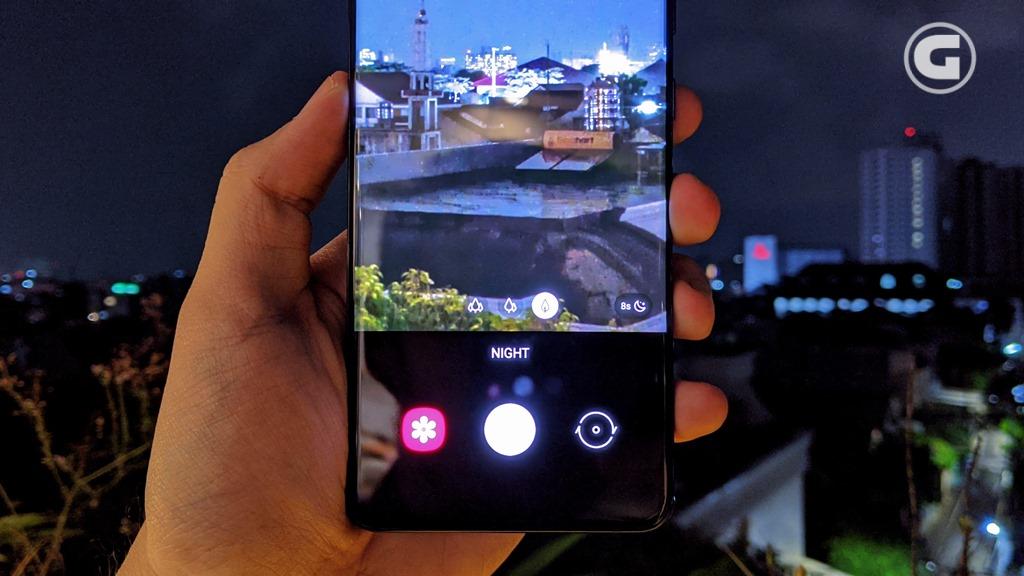
If the Galaxy S10 is not equipped with the default night mode (which then comes via software updates), the Galaxy S20 Ultra is equipped with night mode and is compatible with all three main camera sensors. When I test in outdoor conditions at night, when using the main sensor, I will see a sign that the camera will take photos for 4 seconds.
In the same condition, the other two cameras take 8 seconds. Information that is simple and informative, unlike Google Pixels, you have to guess how long the camera will take. And when one photo is successfully taken, you can immediately take another photo without having to wait for the previous photo process to finish. Even the process happens quite fast thanks to the use of a fast chipset.
What I lack is in the focus of the camera. Different from Galaxy S20 & S20 + with Dual Pixel AF, S20 Ultra uses PDAF technology which can be said to be simpler. The focus was taken a little longer for the flagship smartphone standard, even when compared to the Mi Note 10 which on paper has the same camera sensor, even with a simpler chipset.
When I compare the two when taking close object photos, the Galaxy S20 Ultra more often misplays focus, making the whole photo look like out-of-focus. Even the object has been touched, the focus cannot be instant, or remains out of focus. For the record, the unit is already using the software version of ATCT with an April 2020 security patch. This is not the first update to bring improved camera performance.
Another issue with large sensors, just like the Mi Note 10, is the narrow focus range especially when shooting objects at close range. And what I think is lacking, is the bokeh effect produced by Live Focus mode. When used to photograph objects such as cellphones and food, I am often more satisfied with the background blur effects produced by my Pixel 3, purely using software without the help of the ToF sensor.



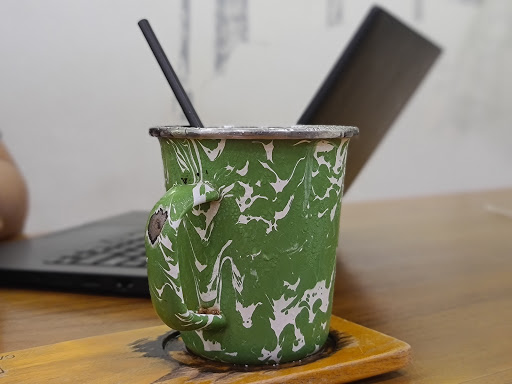

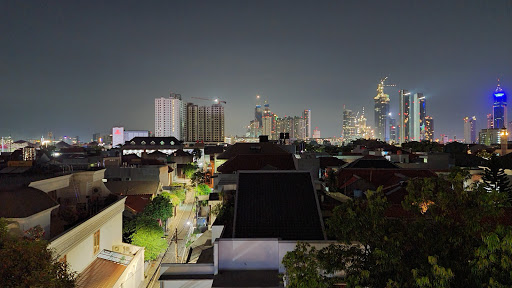

For video recording, the Galaxy S20 Ultra can record up to 4K 60fps and even 8K 24fps. With the current conditions where the fast internet network is not evenly available, plus the average television and laptop screens are still more common at full HD resolution, I think this feature is only suitable as a bonus. Super Steady is not available in this mode, so it might only be suitable for recording using a tripod, in abundant light conditions for cropping needs.
While at 30fps recording, Samsung Galaxy S20 Ultra video can be equipped with auto HDR plus focus tracking. When the video is enlarged, the audio will also follow the zoom level automatically. Transition or switching between cameras during recording also feels quite smooth, approaching the iPhone 11 series.
The front camera 40MP f / 2.2 on the S20 Ultra is equipped with PDAF, and uses quad-binning technology to produce 10MP photos. Compared to previous generations, it has been far better in terms of sharpness or facial details. Although it’s not the best for the flagship class. The front camera also features a night mode, EIS, and can record video up to 4K 60fps.
You can access the full photo of the Samsung Galaxy S20 Ultra this following album.
Feature
Samsung Galaxy S20 Ultra already uses the One UI 2.1 interface based on Android 10. The security patch is also the latest at this time, Samsung is no less diligent to update the security of its flagship smartphone. In my opinion, One UI is the most mature and easy to use interface. Although the screen is large, almost all buttons can be grabbed with one hand thanks to its practical placement.
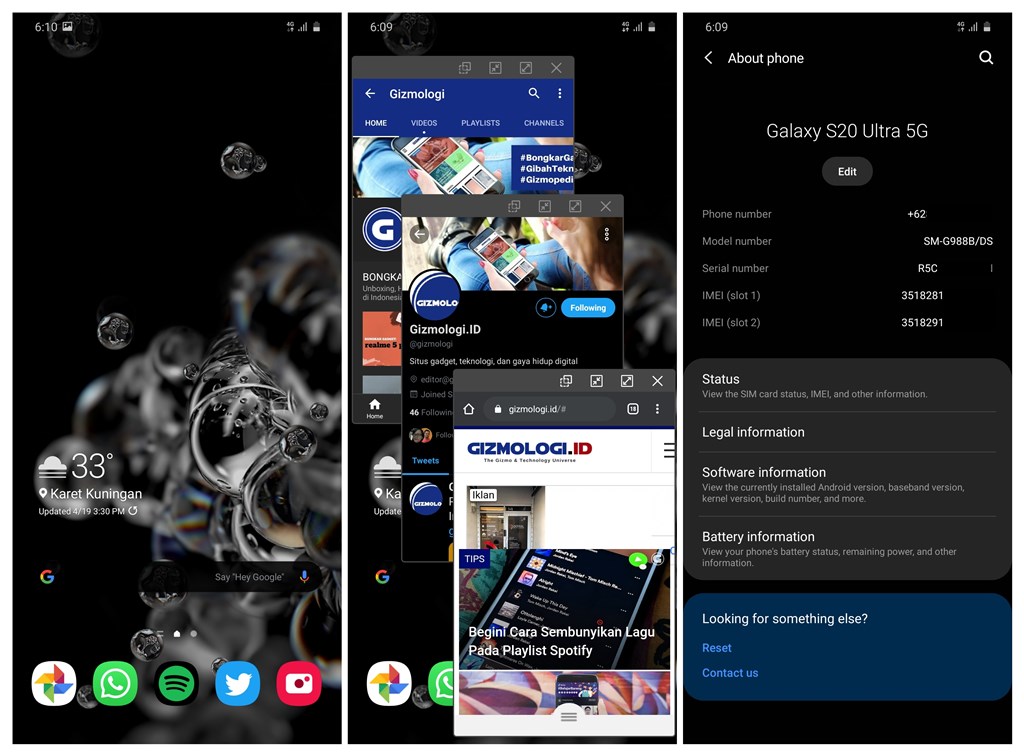
Its features are also useful, except for Bixby which is not as optimal as Google Assistant. When I first used this smartphone, I was confused because holding the power button instead brought up Bixby, instead of displaying the option to turn off the power. Apparently I have to replace it via the Settings menu. Options for double press and press and hold can be set at will. I just regret it a little, Bixby is the option selected by default, so it’s a little confusing at the start. Other features such as the built-in screen recorder and Edge shortcut are also available. Multitasking is also very easy thanks to the additional options of the pop-up view, in addition to the split-screen.
Samsung Galaxy S20 Ultra is also equipped with stereo speakers. What I like, the sound output of the two speakers sounds balanced in terms of volume and quality, usually, the bottom speaker is more dominant. Although hard, the details are still right and not broken, so very comfortable to be used to watch tv-series or movies. Motor vibration can also produce precision vibrations. Oh yes, even though the dimensions are large, the S20 Ultra still isn’t equipped with a 3.5mm audio jack.
Performance
The unit we tested was an official variant with the Exynos 990 chipset from Samsung. For other states such as the United States, the Samsung Galaxy S20 series is powered by Qualcomm’s Snapdragon 865 micro chipset. Many regretted Samsung’s decision to release a smartphone with two different chipset variants, because it could affect various sides of use such as battery life and even camera results.
Samsung Exynos 990 has an octa-core CPU architecture (2 × 2.73 GHz Mongoose M5 & 2 × 2.50 GHz Cortex-A76 & 4 × 2.0 GHz Cortex-A55) plus GPU Mali-G77 MP11. Made equally with 7nm fabrication, in performance, there are no problems with the Exynos Galaxy S20 Ultra variant. Well don’t let it, remember this is a flagship. Everything feels smooth and fast, coupled with a high refresh rate that makes moving applications feel fun. Used in gaming is also very smooth, a combination of fast performance plus a responsive screen makes the S20 Ultra suitable for gaming.
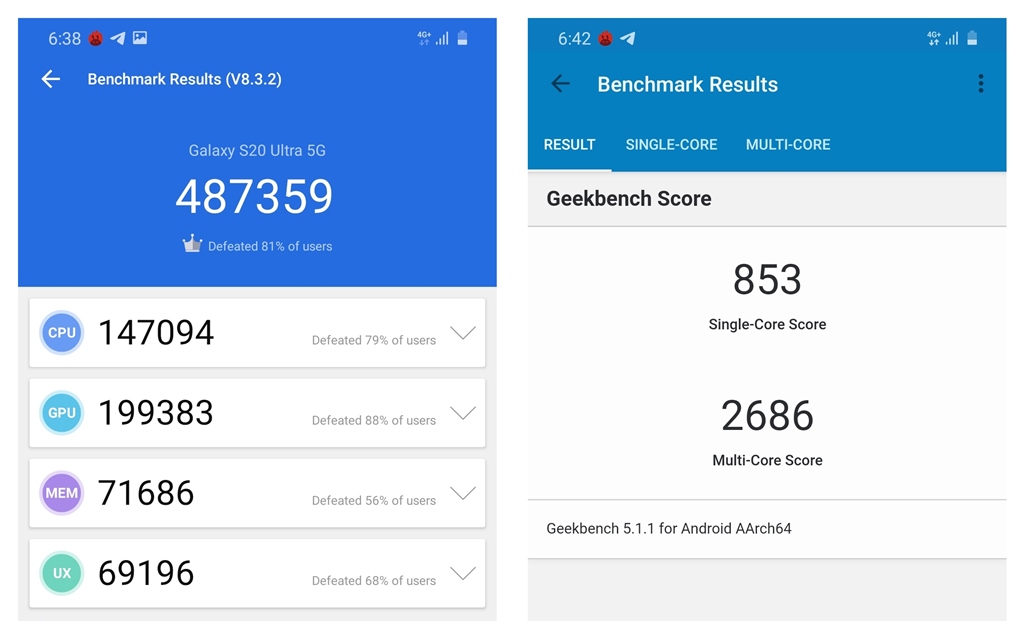
The RAM is very relieved, with a 12GB capacity. What is very unfortunate is Samsung Indonesia’s decision to release this smartphone with a 128GB internal memory variant. With 108MP resolution photos, 8K video and single take mode, it’s easy to spend a relatively small amount of memory for the flagship class. MicroSD support up to 1TB does exist, but the speed of the external card cannot match UFS 3.0 on the internal S20 Ultra.
And a little extra note, this smartphone is relatively easy to feel warm on the back of the body, especially the middle and top next to the camera module. Even though it is only used for social media access, it feels warm enough especially without using a case, and is rather close to hot when used as a mobile hotspot.
Battery
The Samsung Galaxy S20 Ultra has a 5,000 mAh battery capacity, the largest in the history of Samsung’s flagship phones. Naturally, this smartphone is designed with 5G network capabilities, a very large screen, plus abundant camera features that if used all, can use up a lot of power. In my opinion, this smartphone is quite economical, although it can not take up to two days of use.
For the record, I always use the 120Hz refresh rate mode with active AOD. For intensive use of my style, the Galaxy S20 Ultra can be lit all day with a screen-on time of about 6 hours. When it was late, there was still enough battery left until the next morning. Well, the charging does not require a long time. Samsung includes a 25 watt charger in the sales package, but the Galaxy S20 Ultra supports chargers up to 45 watts. Through the GaN charger that I have, charging S20 Ultra from 5% to full with the light condition only takes about one hour.
The Galaxy S20 Ultra also supports wireless charging up to 15 watts. Need? charge the TWS earphones or smartwatch when the conditions are sudden? You can use the Wireless PowerShare feature. Turn on this feature, turn it face down, and all you have to do is put the accessory device on the back cover.
Conclusion
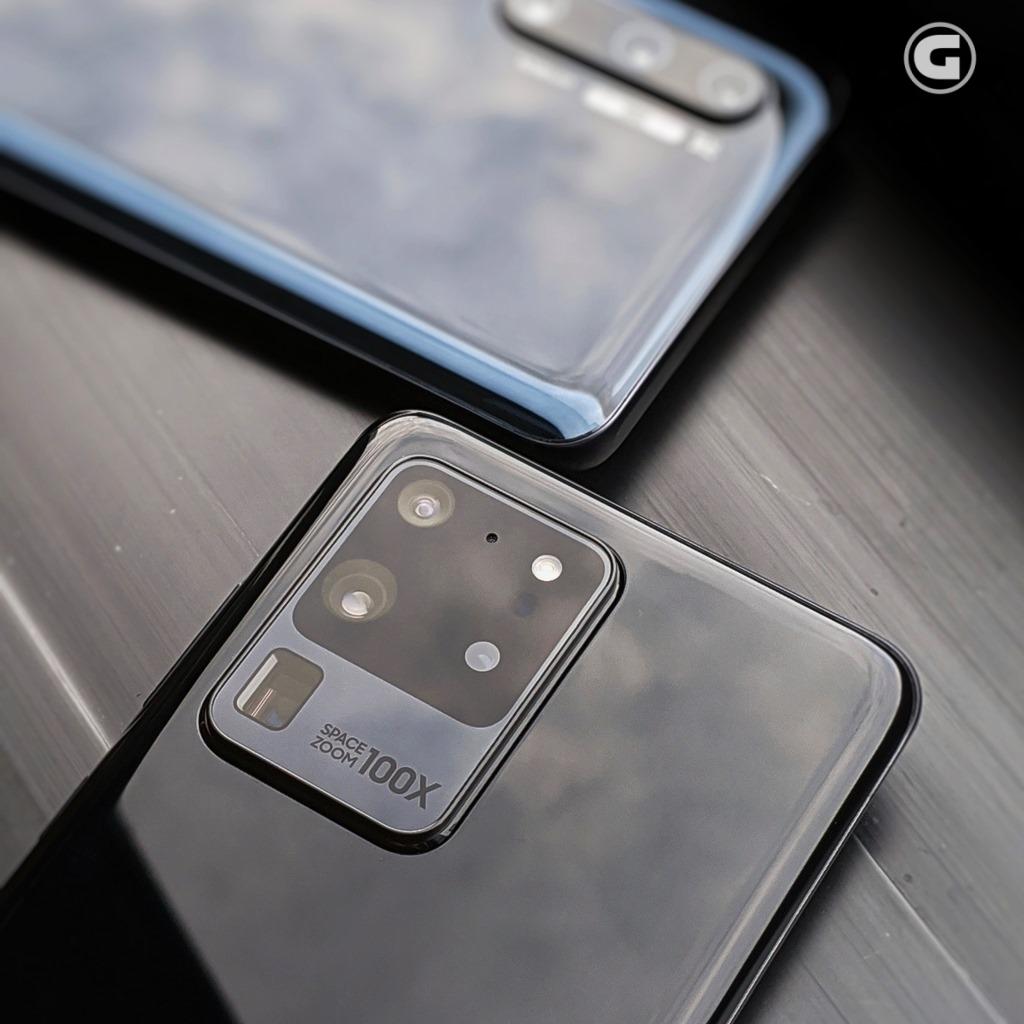
Maybe in this review I say more small things that are less than perfect on the Samsung Galaxy S20 Ultra. I might understand this when the smartphone is priced at Rp2 million. Or, for example, when the X2 Pro realm doesn’t have the quality of a camera as good as another flagship, I understand given the performance that can be given for the price of Rp. 7 million. Or Mi Note 10 which has a rather slow process of taking photos, but overall good for the price of IDR 6 million.
The conditions are far different from the Galaxy S20 Ultra which is priced at Rp18,499 million. To spend more than Rp20 million, of course you crave a smartphone that is all perfect. Starting from the design, performance, camera, audio quality, battery life, everything. When cheap smartphones are getting better, flagship smartphones don’t feel like they should have flaws.
I personally prefer the Galaxy S20 + with a lower price tag. Although the zoom capability is not as far as the Ultra version, the camera is free from the issue of focus, and dimensions that are more fitting in the hand, and physical design that still looks more attractive. Again, this is subjective. If you really crave a super large sailing smartphone with the best quality, flexible camera that can zoom up to 100x, it never hurts to buy Samsung Galaxy S20 Ultra.
Buy Samsung Galaxy S20 Series in Indonesia at:
Samsung Galaxy S20 Ultra Tech Specs
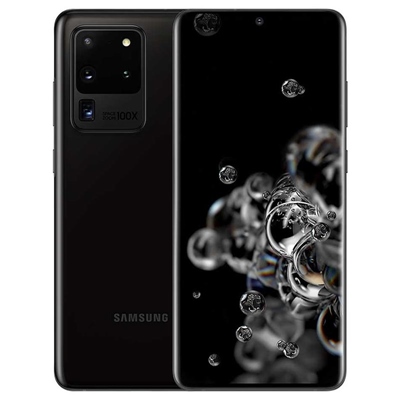
Display
Front camera
Rear camera
Dimension
AP
Memory
Battery
OS
Sensor
6.9-inch Quad HD+ Dynamic AMOLED 2X Infinity-O Display (3200X1440)
HDR10+ certified 120Hz display support
40MP, PDAF, F2.2(80˚)
Quad camera:
– Ultra Wide: *12MP, F2.2(120˚)
– Wide-angle: *108MP, F1.8(79˚) PDAF, OIS
– Telephoto: **48MP, PDAF, F3.5(24˚), OIS
– DepthVision Camera
166.9 x 76.0 x 8.8mm, Weight: 220g
Exynos 990 7㎚ 64-bit Octa-Core Processor * 2.7GHz + 2.GHz + 2GHz
12GB RAM (LPDDR5) with 128GB internal storage
5000mAh, Fast Wireless Charging 2.0
Android 10
Ultrasonic Fingerprint sensor, Accelerometer, Barometer, Gyro sensor, Geomagnetic sensor, Hall sensor, Proximity sensor, RGB Light sensor
This article previously published in Gizmologi.ID
You might also like
More from Smartphone
ZTE nubia Neo 2, affordable 5G gaming smartphone released in Indonesia
The ZTE nubia Neo 2 5G is available in three colors: Frost Silver, Sunfire Yellow, and Storm Gray. It also …
Honor 200 Pro Using Snapdragon 8s Gen 3 Debuts in China
The Honor 200 Pro has a triple rear camera setup with a 50MP main sensor, a 50MP telephoto sensor with …
OPPO Reno 12 Series Design Revealed, Ready to Launch May 23
Every year, OPPO updates the offerings of its mid-range smartphone line, namely the Reno Series, at least twice. After six …
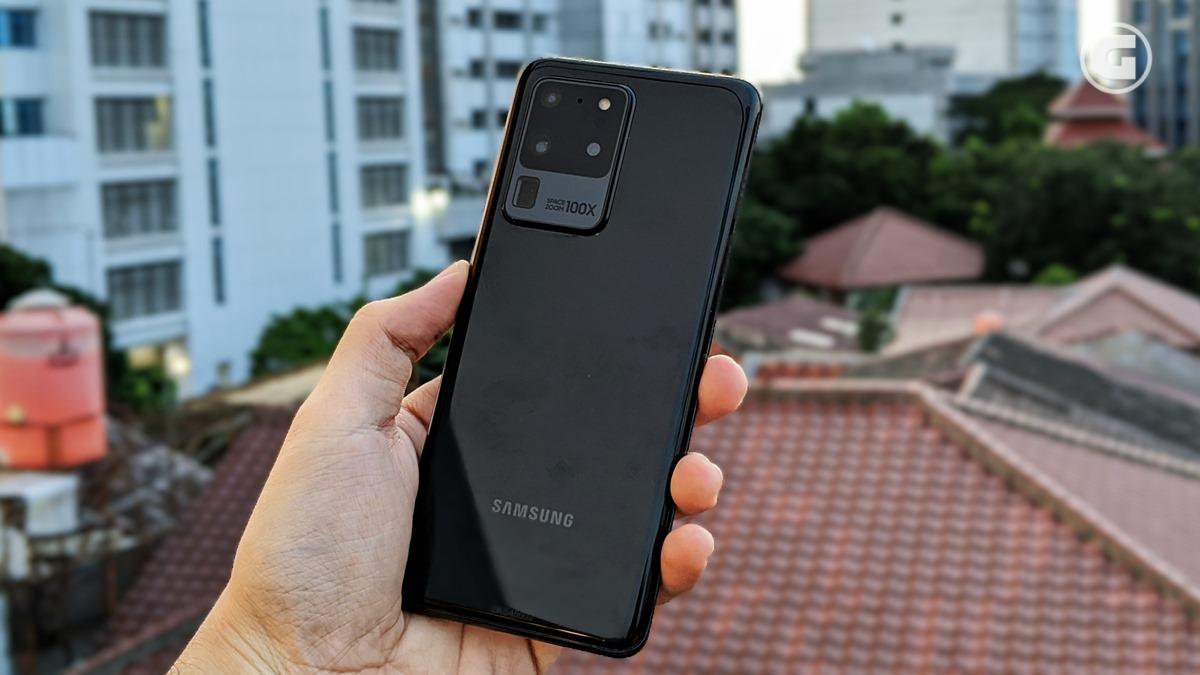

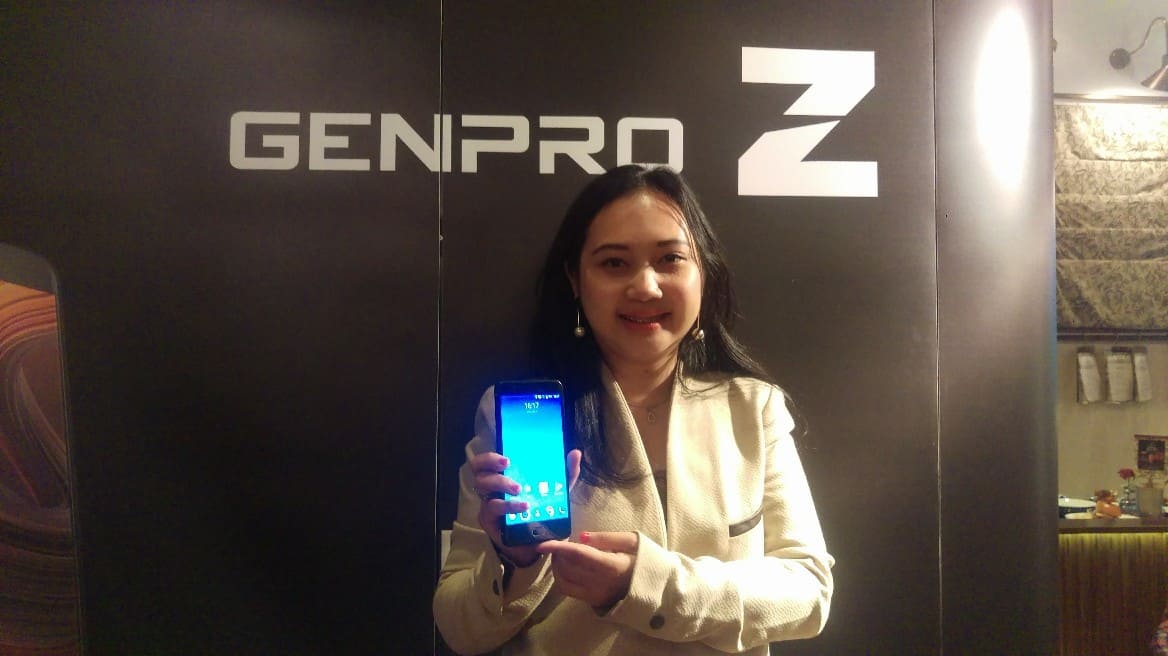
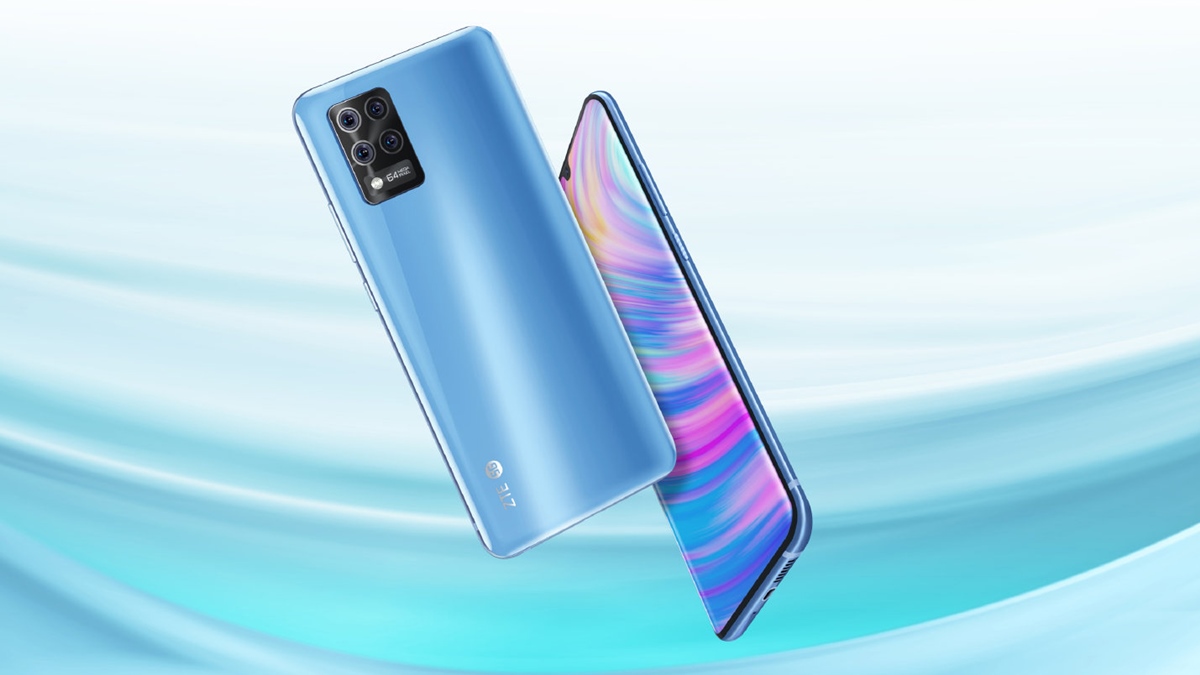





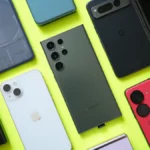
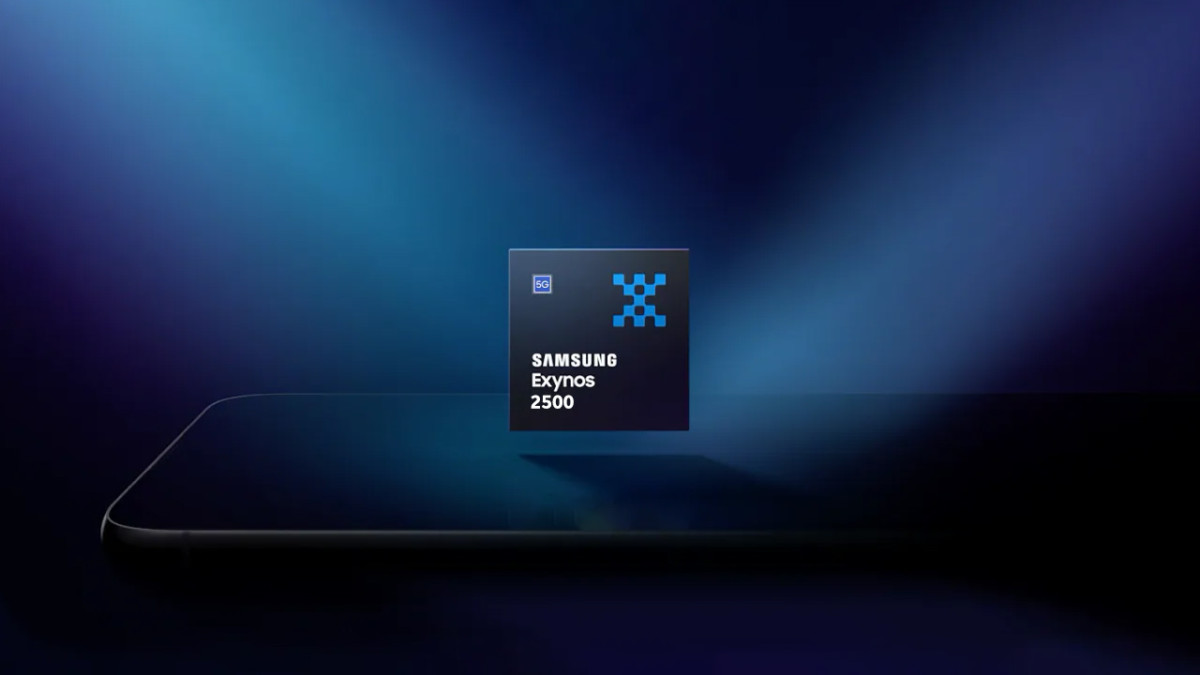

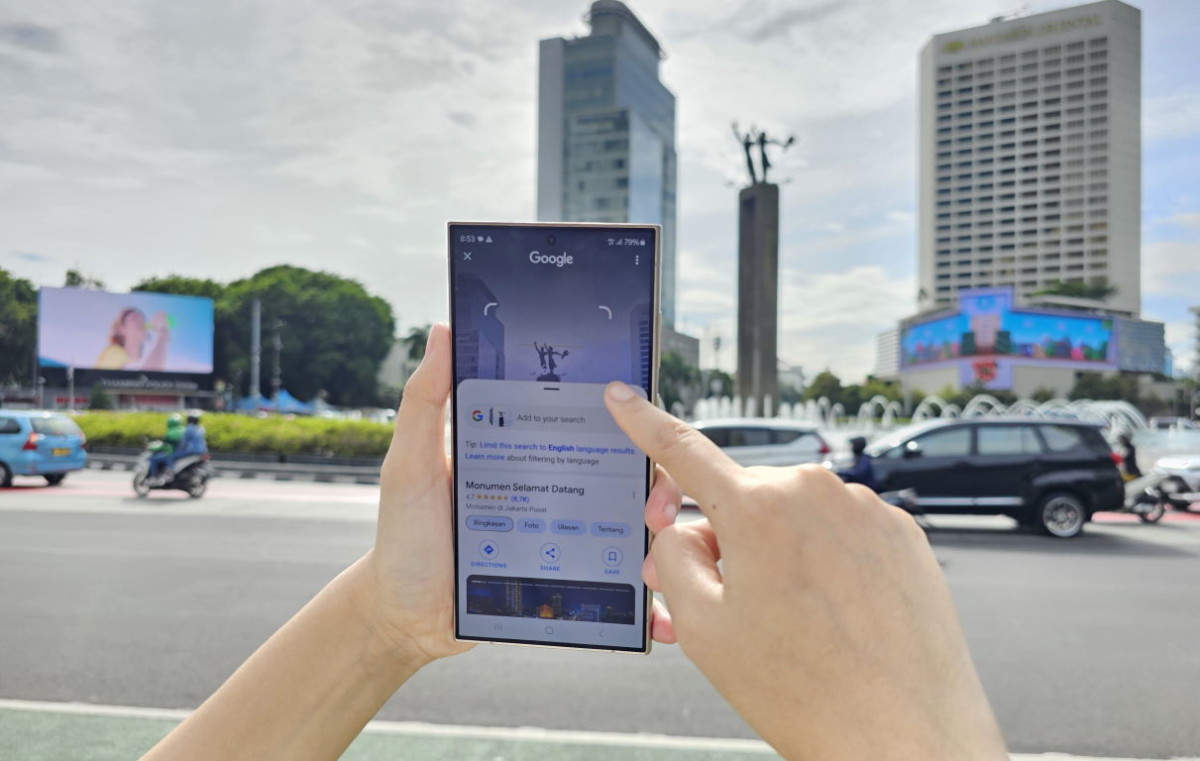
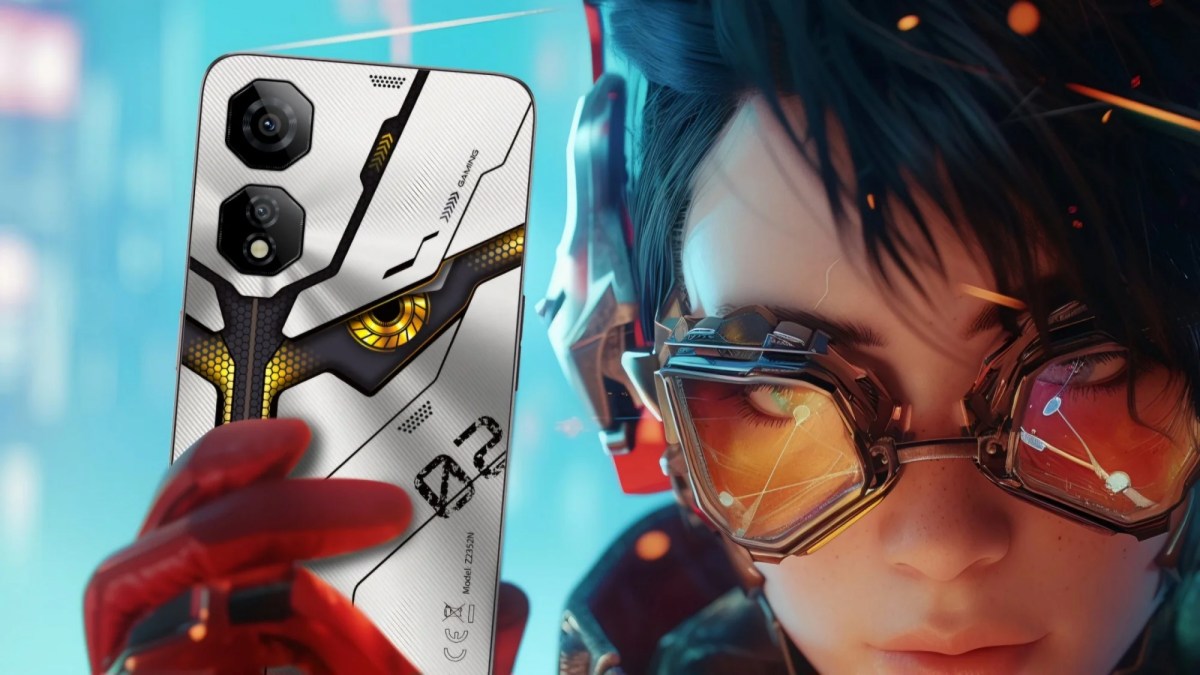

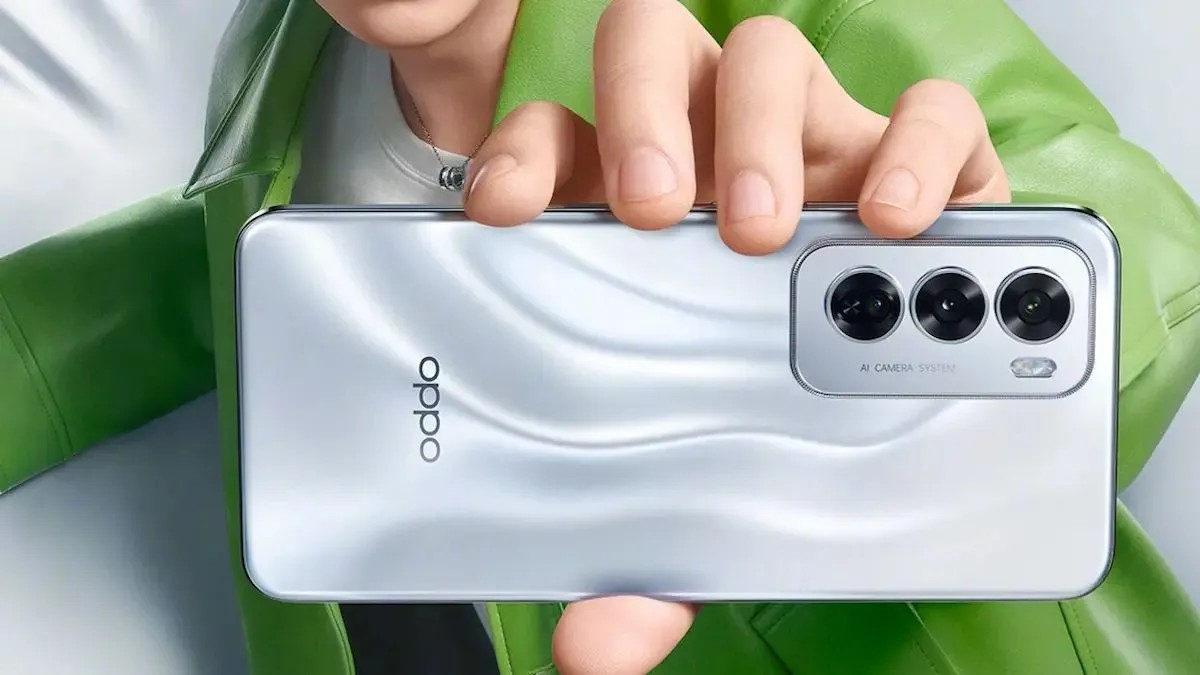
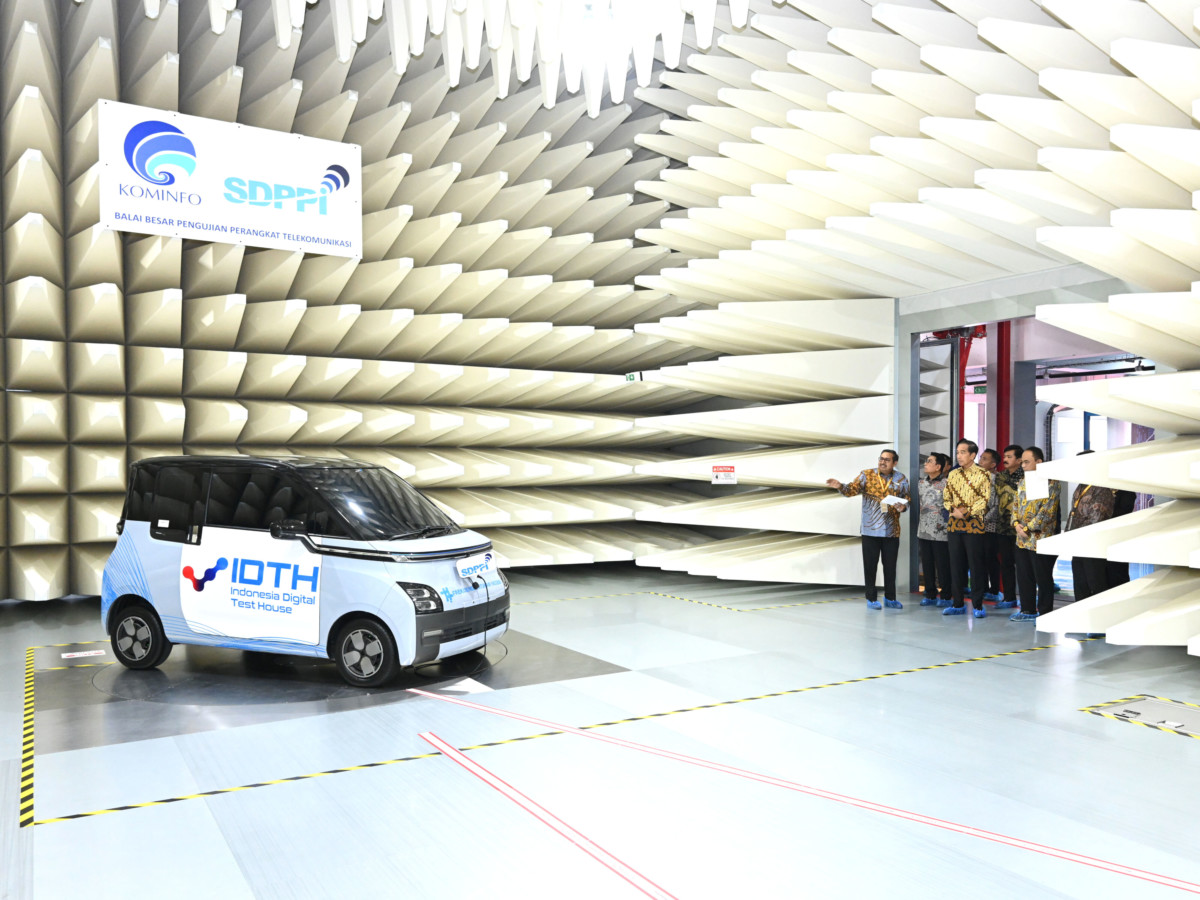
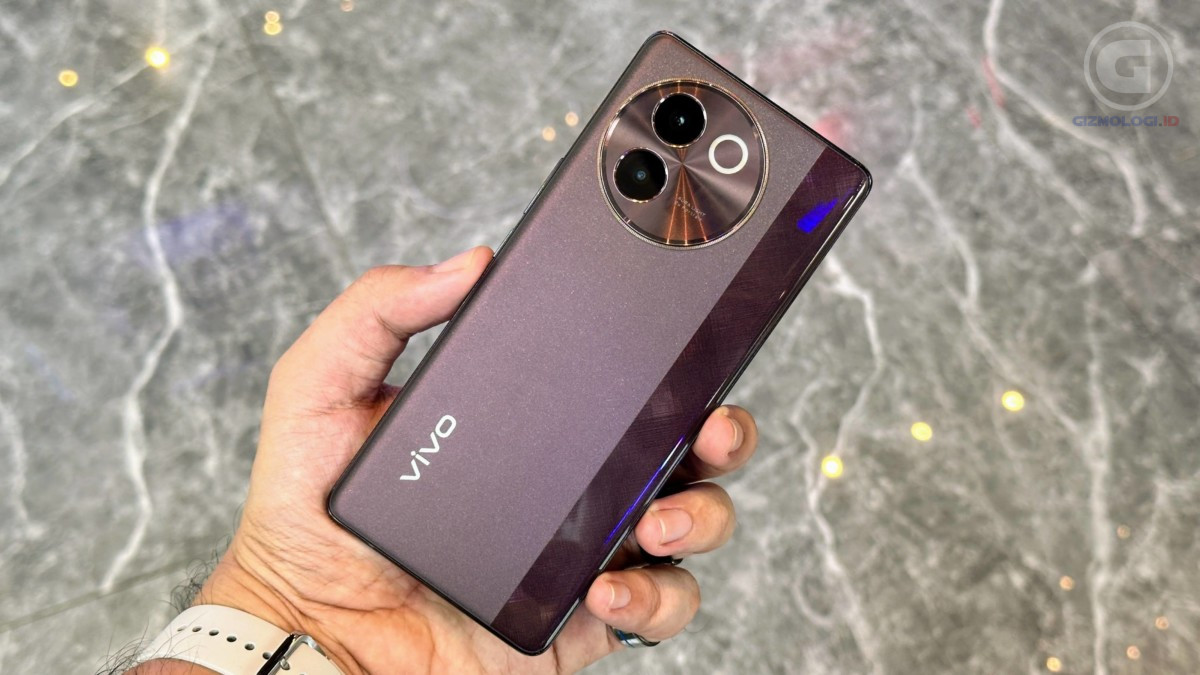
2 Comments
[…] Samsung Galaxy S20 Ultra Review: Mixed Feeling of the Flagship […]
[…] Samsung Galaxy S20 Ultra Review: Mixed Feeling of the Flagship […]